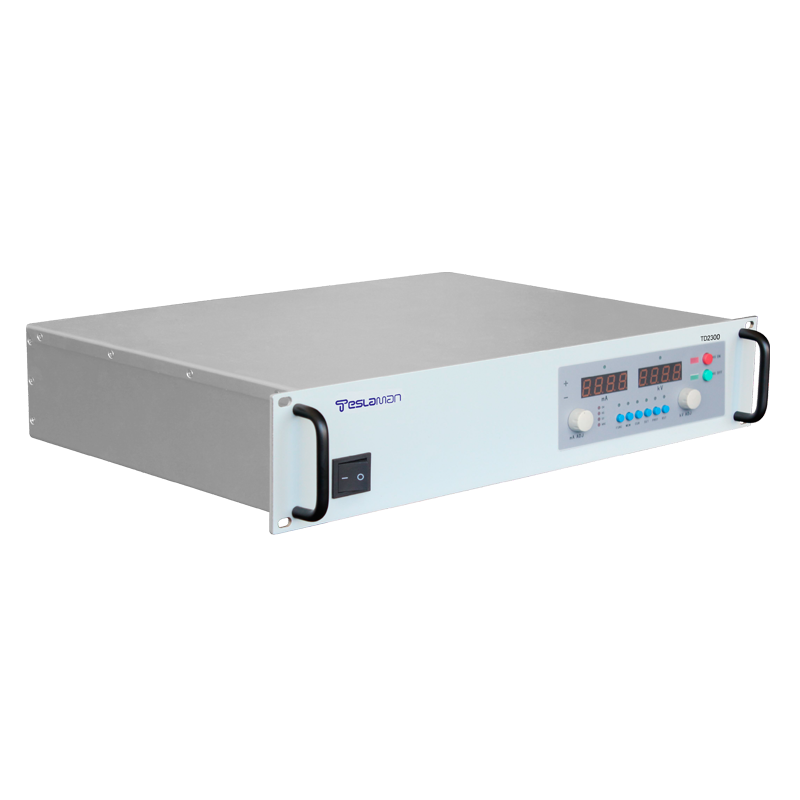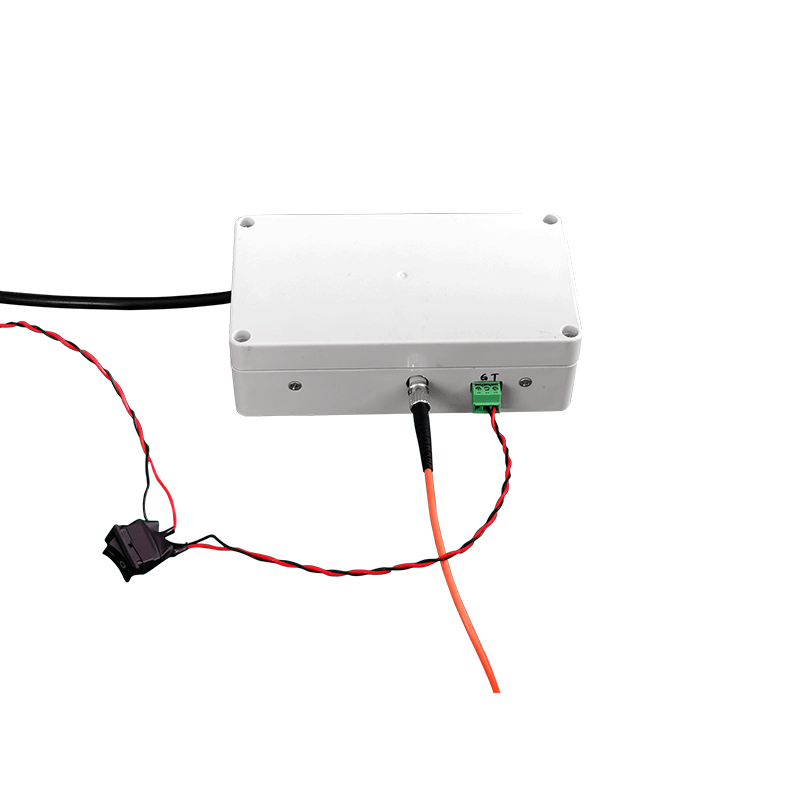Enhancing Precision and Efficiency in Etching Production Lines with High-Voltage Power Supplies
Precision and efficiency define the competitive edge in modern etching production lines, where high-voltage power supplies serve as the backbone for controlling plasma dynamics. These supplies dictate the energy imparted to ions, influencing etch rates, profile fidelity, and defect levels across wafers. As demands escalate for sub-3nm features and heterogeneous integration, refined high-voltage technologies deliver the granularity needed to balance aggressive material removal with exquisite control.
Precision in etching hinges on the ability to manipulate ion energy distributions narrowly. High-voltage bias supplies with fine-resolution digital-to-analog converters enable voltage adjustments in increments of less than a volt, tailoring sheath thicknesses to match feature dimensions. This minimizes variations in critical dimension uniformity, achieving line edge roughness below 1nm in advanced patterning.
Efficiency gains stem from optimized power transfer mechanisms. Advanced high-voltage generators incorporate fast-tuning networks that track plasma impedance shifts, reflecting minimal power and maximizing forward delivery. In high-throughput lines, this translates to reduced energy consumption per wafer while sustaining etch rates exceeding 100nm/min in silicon.
The synergy of source and bias high-voltage powers allows decoupled control: high source voltages maintain dense plasmas for radical generation, while precise bias voltages direct ions vertically. This decoupling enhances anisotropy, producing near-90-degree sidewalls essential for finFETs and nanosheet devices.
In production environments, high-voltage pulsing elevates both metrics. Short, high-peak pulses clear charge buildup in insulators, preventing twisting or bowing in HAR structures. Efficiency improves as average power drops compared to continuous wave operation, lowering thermal loads on wafers and extending component lifespans.
Real-time voltage metrology integrated into high-voltage systems provides feedback for adaptive control, correcting for wafer-to-wafer variations caused by incoming film thicknesses. This closed-loop approach tightens process capability indices, ensuring yields remain high amid scaling complexities.
For efficiency in multi-wafer chambers, synchronized high-voltage phasing across pedestals uniformizes plasma across large areas, accommodating 450mm transitions or panel-level processing.
High-voltage supplies with low ripple and noise specifications preserve precision by avoiding unintended ion acceleration fluctuations, critical in low-damage etching of III-V compounds.
Energy recuperation features in modern designs capture and reuse reflected power, boosting overall line efficiency in power-constrained fabs.
Precision endpointing relies on high-voltage transient analysis; subtle changes in self-bias indicate layer breakthroughs, halting processes automatically to avoid over-etch.
In atomic precision regimes, tailored high-voltage waveforms create quasi-monoenergetic ions, enabling layer-by-layer removal with angstrom-level control.
Efficiency in gas utilization improves when high-voltage optimization maximizes dissociation efficiencies, reducing precursor consumption in environmentally conscious operations.
The incorporation of high-voltage in remote sources enhances precision by delivering pure radicals, minimizing spurious ion-induced damage.
For production lines handling diverse materials, programmable high-voltage profiles switch seamlessly between recipes, minimizing setup times.
Advanced diagnostics in high-voltage units detect micro-arcs instantaneously, quenching them to protect precision masks.
Efficiency scales with power density; compact high-voltage modules free floor space for additional tools, increasing fab output.
In cryogenic setups, high-voltage stability at low temperatures enhances precision in volatility-limited etching.
Overall, high-voltage power supplies elevate etching lines by providing the precision to resolve atomic-scale features and the efficiency to sustain high-volume, low-cost production essential for industry leadership.




















